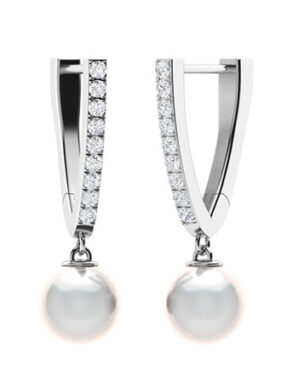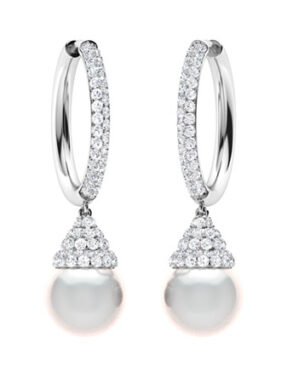Portfolio
Pearl
June Birthstone
Pearl is an organic gemstone secreted by shellfish. Its warm luster and unique growth process endow it with a captivating charm that transcends cultures and time.
Freshwater pearls
China accounts for 95% of global production, with Zhuji, Zhejiang, and Suzhou, Jiangsu as the core production areas.
Akoya pearls
Produced by Pinctada martensii oysters in Mie and Aichi prefectures, Japan, they range in diameter from 2 to 10 mm and are known for their high luster and round shape.
South Sea pearls
Produced by white lipped oysters in the Philippines, Indonesia, and Australia, they range in diameter from 8 to 18 mm and come in colors ranging from white to gold.
Tahitian pearls
Produced by black lipped oysters in French Polynesia, they are primarily gray to black with an iridescent luster.
Forming Mechanism and Biological Characteristics
Differences between Natural and Cultured Pearls
Natural pearls are formed when the shell’s mantle, stimulated by foreign matter (such as sand), secretes nacre (calcium carbonate and conchiolin). The formation cycle can take 5 to 10 years, and the yield is extremely low. Cultured pearls are produced by artificially implanting a nucleus or small pieces of tissue to induce secretion in the shellfish. Freshwater pearls are mostly nucleus-less, while saltwater pearls (such as Akoya and South Sea pearls) typically have a nucleus, shortening the cultivation cycle to 1-3 years.
Shellfish Hosts and Origins
Freshwater pearls: Primarily produced by freshwater clams such as Hyriopsis cumingii and Hyriopsis plicata. China accounts for 95% of global production, with Zhuji, Zhejiang, and Suzhou, Jiangsu as the core production areas.
Saltwater Pearls:
Akoya: Produced from the Pinctada martensii oyster in Mie and Aichi Prefectures, Japan, with diameters ranging from 2-10mm, known for their high luster and round shape.
South Sea Pearls: Produced from the white lipped oyster in the Philippines, Indonesia, and Australia, with diameters ranging from 8-18mm and colors ranging from white to gold.
Tahitian Pearls: Produced from the black lipped oyster in French Polynesia, they are primarily gray to black with an iridescent sheen.
FAQs
Authenticity Versus Cultured Pearls: Natural pearls lack a nucleus and exhibit concentric layers in cross-section; cultured pearls have a nucleus with a distinct boundary between the nucleus and the nacre.
Structure Observation: Natural pearls lack a nucleus and exhibit concentric layers in cross-section; cultured pearls have a nucleus with a distinct boundary between the nucleus and the nacre.
Dyeing: Black pearls may be dyed through irradiation or immersion treatment, requiring specialized testing (such as X-ray fluorescence spectroscopy) for identification.
Cleaning: Wipe with a slightly damp soft cloth. Avoid contact with chemicals such as perfume and detergent.
Storage: Store individually in a soft cloth bag to avoid contact with metal.
Contraindications: Avoid high temperatures, ultrasonic cleaning, and prolonged exposure to sunlight, as these may cause dehydration and cracking of the nacre.




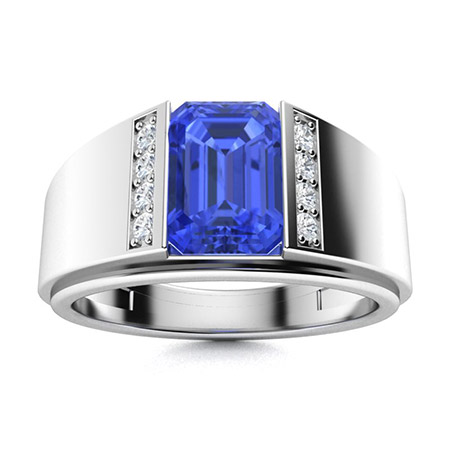
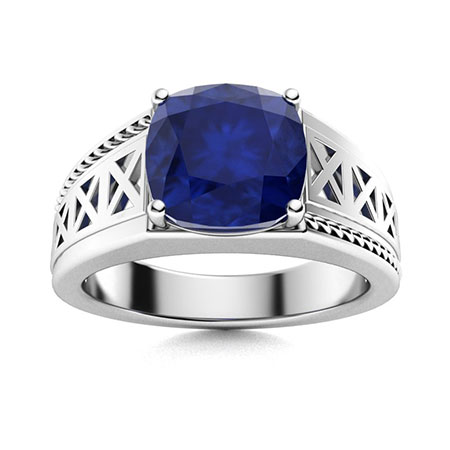
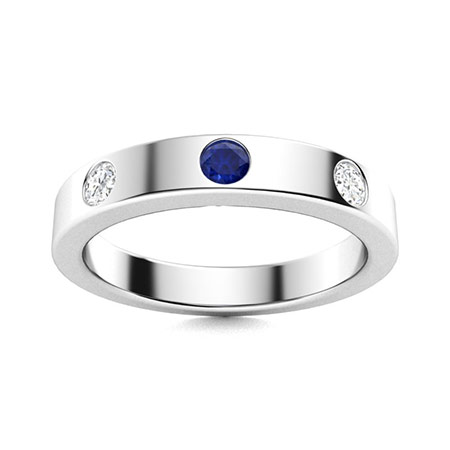
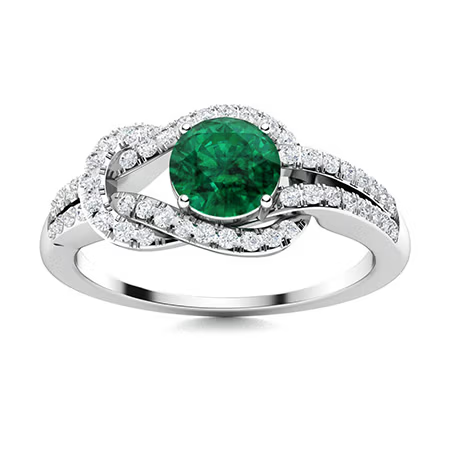
















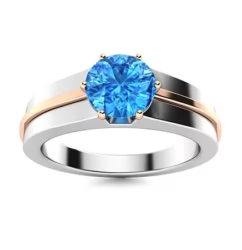
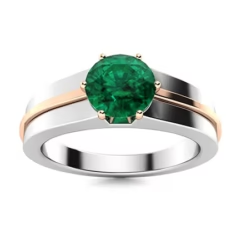
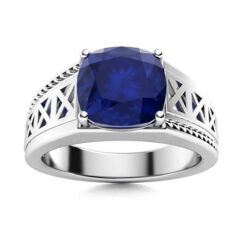
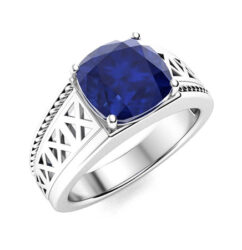


 Bracelets
Bracelets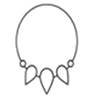 Peridot
Peridot




